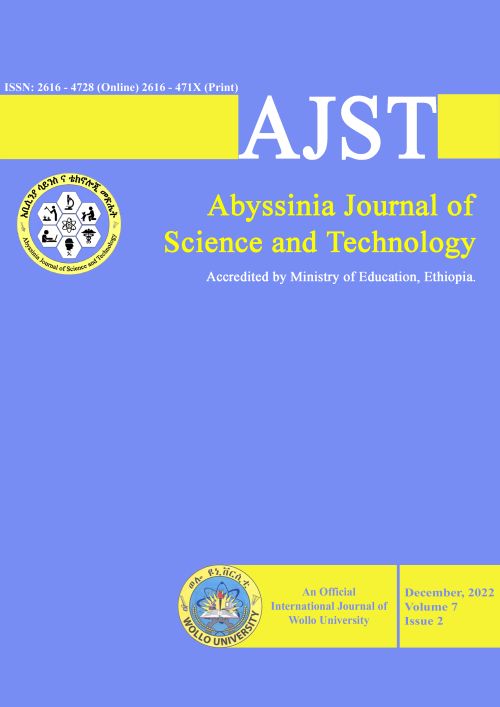Main Article Content
Land suitability evaluation for surface irrigation using arcGIS and analytical hierarchy process techniques in Bedessa river basin, Gedio Zone, Ethiopia
Abstract
Although the primary goal of this paper is exploration, weighted index overlay analysis is used to assess the quality of land for surface irrigation in Ethiopia's Bedessa watershed using a geographic information system (GIS) and the Analytical Hierarchy Process (AHP). The study took into account five critical factors: slope, soil, precipitation, land use/land cover (LULC), proximity to a watercourse, and proximity to a road. The weight of each parameter according to percent of influence on land suitability potential was determined by Analytical Hierarchy Process according to the relative influence of each. The generated land suitability potential for surface irrigation map has four ranks, S1, S2, S3 and N, in which its classes are most suitable, more suitable, less suitable, and individually not suitable, respectively, based on its land suitability potential availability rank and class. The area coverage is 1.81%, 5.64% and 86.83%, 72% of the study area, respectively. The irrigation requirements of the chosencrops were calculated using Crop Wat 8.0 models, and the results indicate that irrigation water requirements were higher during the driest months of the year. Finally, the potential irrigable area was determined by calculating the gross irrigation demand of the known irrigable area in relation to the monthly accessible watercourse. As a result, the map generated by this platform can be used to locate suitable irrigation locations within the space.







